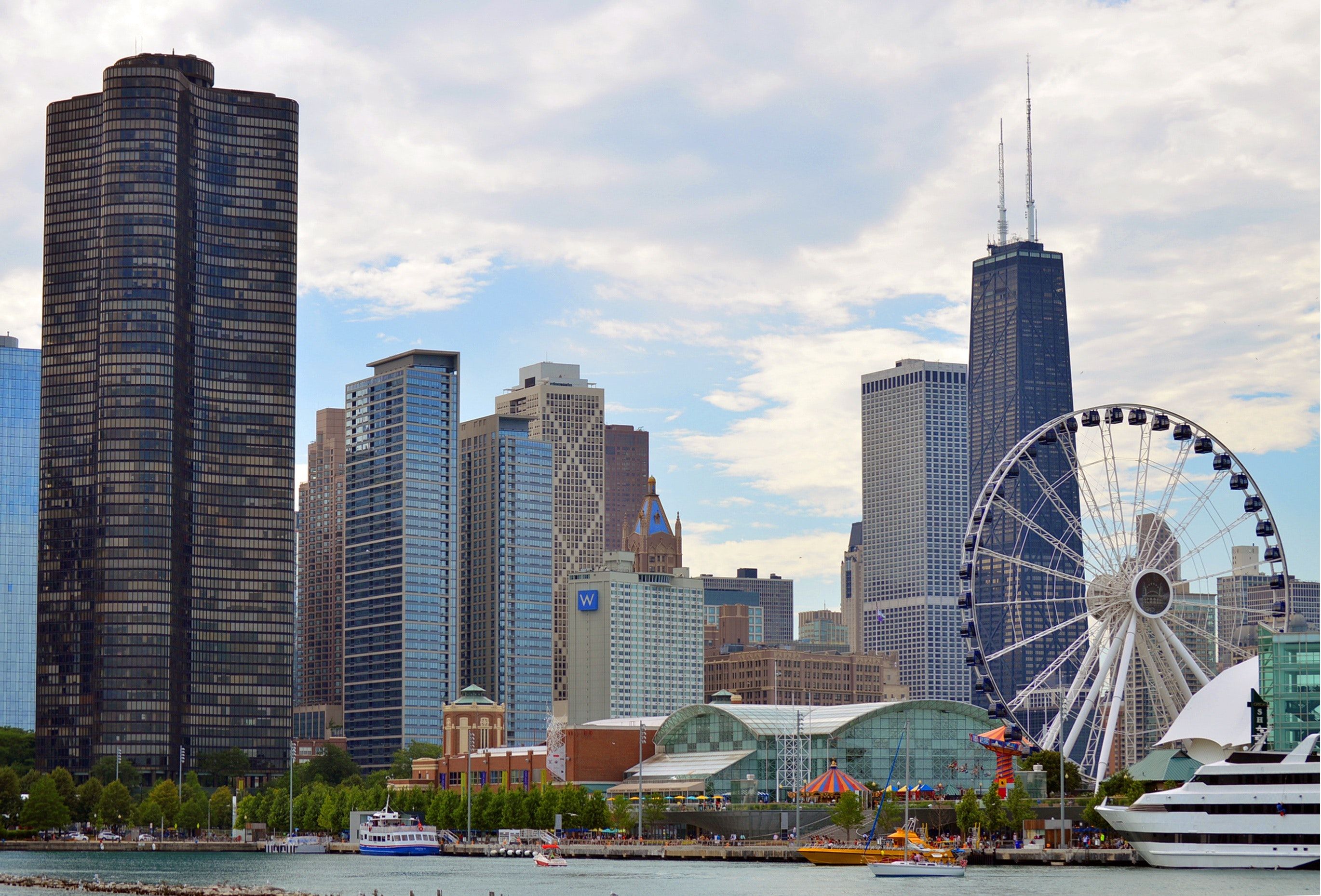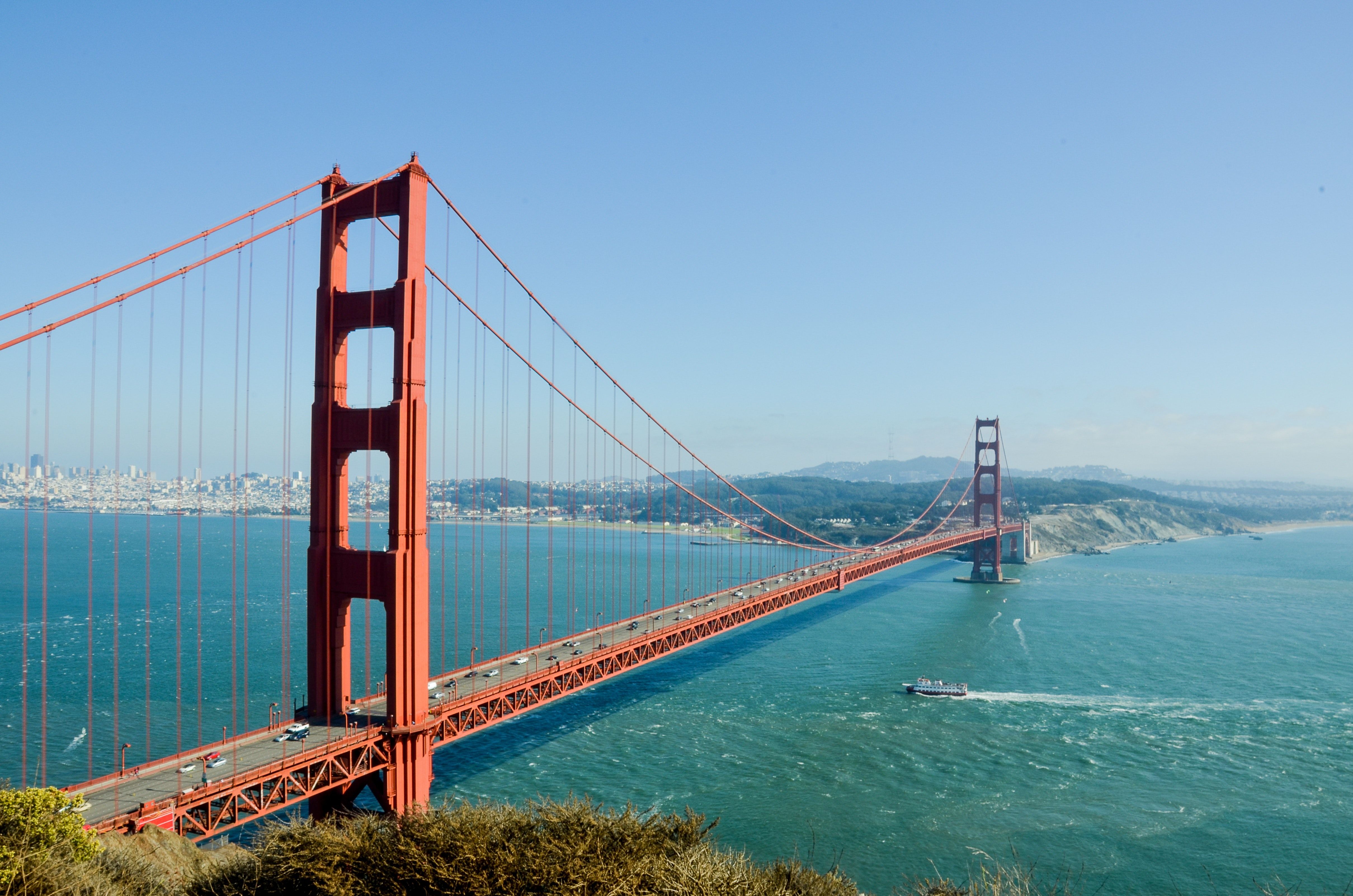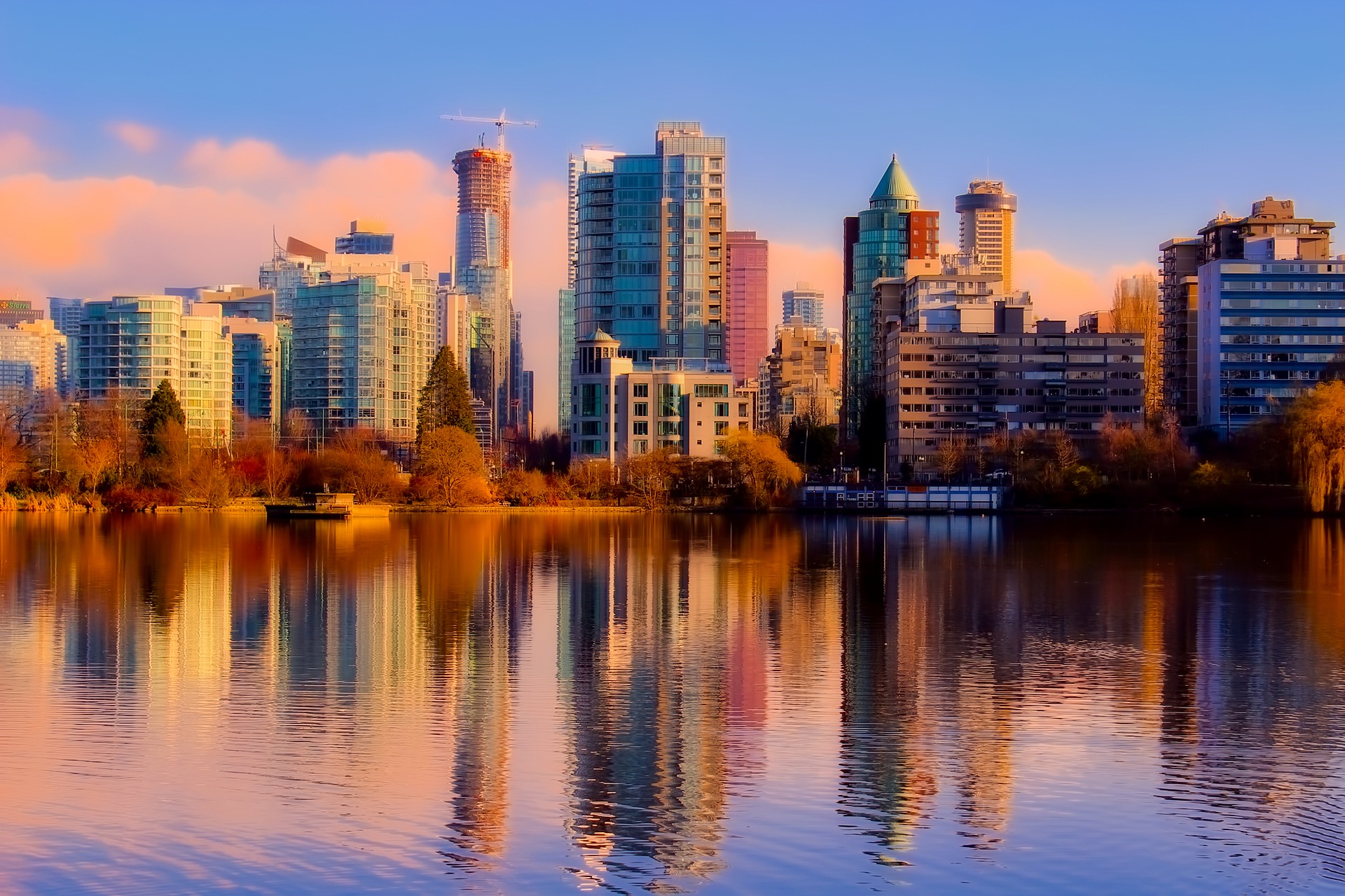
UNITED STATES
Washington, D.C.
Introducing UNITED STATES
Currency
Dollar
Languages
English
Time Zone
26/07/24
11:21 PM
After the
Treaty of Paris was signed in 1783, the British colonies in North America
officially separated from the mother country in 1776 and became the United
States of America. The original 13 states were increased to 37 over the 19th
and 20th centuries as the country grew across North America and absorbed
additional overseas territories. The Civil War (1861–1865), in which a northern
Union of states defeated a secessionist Confederacy of 11 southern slave
states, and the Great Depression of the 1930s, an economic depression in which
about a quarter of the labor force lost its jobs, are two of the most traumatic
events in the history of the country. Thanks to its wins in World Wars I and II
and the end of the Cold War in 1991, the US continues to be the most potent
nation-state in the world. Since the end of World War II, there has been
relatively stable economic development, little unemployment and inflation, and
quick technological advancements.
North America, bordering both the North Atlantic Ocean and the North Pacific Ocean, between Canada and Mexico
total: 9,833,517 sq km land: 9,147,593 sq km water: 685,924 sq km
mostly temperate, but tropical in Hawaii and Florida, arctic in Alaska, semiarid in the great plains west of the Mississippi River, and arid in the Great Basin of the southwest; low winter temperatures in the northwest are ameliorated occasionally in Janu
337,341,954 (2022 est.)
The US economy, which has the highest per capita GDP of $59,500 in the world, is the most technologically advanced. US companies are at the forefront of technological advancements, particularly in computer, pharmaceutical, medical, aeronautical, and military technology; however, since the end of World War II, their advantage has shrunk. Based on a comparison of GDP measured at purchasing power parity conversion rates, the US economy in 2014, which had previously ranked first in the world for more than a century, fell to second place behind China, which had an average growth rate over the previous 40 years that was more than triple that of the US. The majority of choices are made by private individuals and businesses in the US, and the federal and state governments mostly purchase the goods and services they require on the free market. Compared to their counterparts in Western Europe and Japan, US commercial firms have more freedom to decide whether to increase capital facilities, fire extra staff and create new products. At the same time, businesses encounter more obstacles when trying to penetrate the domestic markets of their rivals than when trying to reach US markets. Energy shortages, significant current account, and budget deficits, stagnant wages for lower-income families, inadequate investment in aging infrastructure, and fast-rising medical and pension expenditures due to an aging population. A "two-tier" labor market, where individuals at the bottom lack the education and professional/technical abilities of those at the top and increasingly fail to receive similar wage hikes, health insurance coverage, and other benefits, has slowly emerged as a result of the onslaught of technology. However, the expansion of low-wage manufacturers like China and the globalization of trade has increased downward pressure on wages and increased upward pressure on return on capital. Almost all of the increases in household income since 1975 have gone to the top 20% of households. Dividends and capital gains have increased more quickly since 1996 than wages or any other type of after-tax income. More than 50% of the oil consumed in the US is imported, and oil consumption significantly affects the state of the economy as a whole. Between 2001 and 2006, when home values peaked, the price of crude oil doubled; rising fuel prices ate into consumer budgets, and many people fell behind on their mortgage payments. Oil costs increased by 50 more.
American
White 61.6%, Black or African American 12.4%, Asian 6%, Amerindian and Alaska native 1.1%, Native Hawaiian and Other Pacific Islander 0.2%, other 8.4%, two or more races 10.2% (2020 est.)
3.89% (2018 est.) 4.4% (2017 est.) country comparison to the world: 57
English only 78.2%, Spanish 13.4%, Chinese 1.1%, other 7.3% (2017 est.)
Protestant 46.5%, Roman Catholic 20.8%, Jewish 1.9%, Church of Jesus Christ 1.6%, other Christian 0.9%, Muslim 0.9%, Jehovah's Witness 0.8%, Buddhist 0.7%, Hindu 0.7%, other 1.8%, unaffiliated 22.8%, don't know/refused 0.6% (2014 est.)
0-14 years: 18.46% (male 31,374,555/female 30,034,371) 15-24 years: 12.91% (male 21,931,368/female 21,006,463) 25-54 years: 38.92% (male 64,893,670/female 64,564,565) 55-64 years: 12.86% (male 20,690,736/female 22,091,808) 65 years and over: 16.85% (2020 est.) (male 25,014,147/female 31,037,419)
tsunamis; volcanoes; earthquake activity around the Pacific Basin; hurricanes along the Atlantic and Gulf of Mexico coasts; tornadoes in the Midwest and Southeast; mud slides in California; forest fires in the west; flooding; permafrost in northern Alaska, a major impediment to development
$19,846,720,000,000 (2020 est.) $20,563,590,000,000 (2019 est.) $20,128,580,000,000 (2018 est.) note: data are in 2017 dollars country comparison to the world: 2
2.16% (2019 est.) 3% (2018 est.) 2.33% (2017 est.) country comparison to the world: 129
$60,200 (2020 est.) $62,600 (2019 est.) $61,600 (2018 est.) note: data are in 2017 dollars country comparison to the world: 17
$21,433,228,000,000 (2019 est.)







